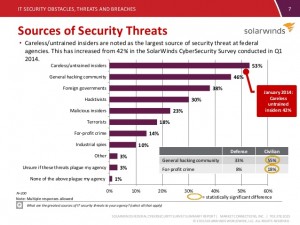(Washington Post) Wednesday’s mass shooting by an Army specialist in Fort Hood, Tex., put the Pentagon on a dreaded, if increasingly familiar, footing as officials grappled to understand how yet another insider threat went undeterred.
It unfolded just two weeks after the Defense Department unveiled the findings of three investigations into last year’s fatal shooting at a Navy Yard building in Washington, D.C., by a contractor and four years after a similarly extensive inquiry into a massacre at Fort Hood by an Army psychiatrist led to vows of sweeping reforms.
Although there was little information late Wednesday about the possible motives of the gunman or the circumstances that preceded the shooting, former and current service members were shocked to learn that the Army post where Maj. Nidal Malik Hasan fatally shot 13 fellow service members in November 2009 had once again become the scene of carnage. . . .
. . . . In 2010, the Defense Department’s report on the Nidal shooting said officials intended to “develop a scientifically based list of behavioral indicators of potential violence.” It also said the military would work jointly with the FBI to “strengthen our understanding of the insider threat.”
That review also called for more stringent measures to vet those seeking access to military installations around the country. Due to budget constraints, some of those recommendations have not been fully implemented, according to the report the Pentagon issued last month outlining its findings of the Sept. 16, 2013, Navy Yard shooting.
The report said that several installations do not comply with physical security regulations that call for personnel screening people coming into bases to check their identification forms against military and law enforcement databases.
“Further reductions in physical security funding could put installations at risk for preventing and responding to future active shooter incidents,” the report said.
The Navy Yard review noted that officials had failed to cut off gunman Aaron Alexis’s security clearance and access to military facilities despite abundant evidence about his deteriorating mental state. Warning signs also went unheeded in the Nidal shooting and the 2010 leak of classified diplomatic cables and military reports by an Army specialist deployed to Iraq.
“Before causing such damage to the Department, all had telegraphed their personal dissatisfaction with their employers or were observed exhibiting aberrant behavior,” the Navy Yard report said. “All had legitimate access to the facilities in which they committed their offenses.” . . . (read more)











